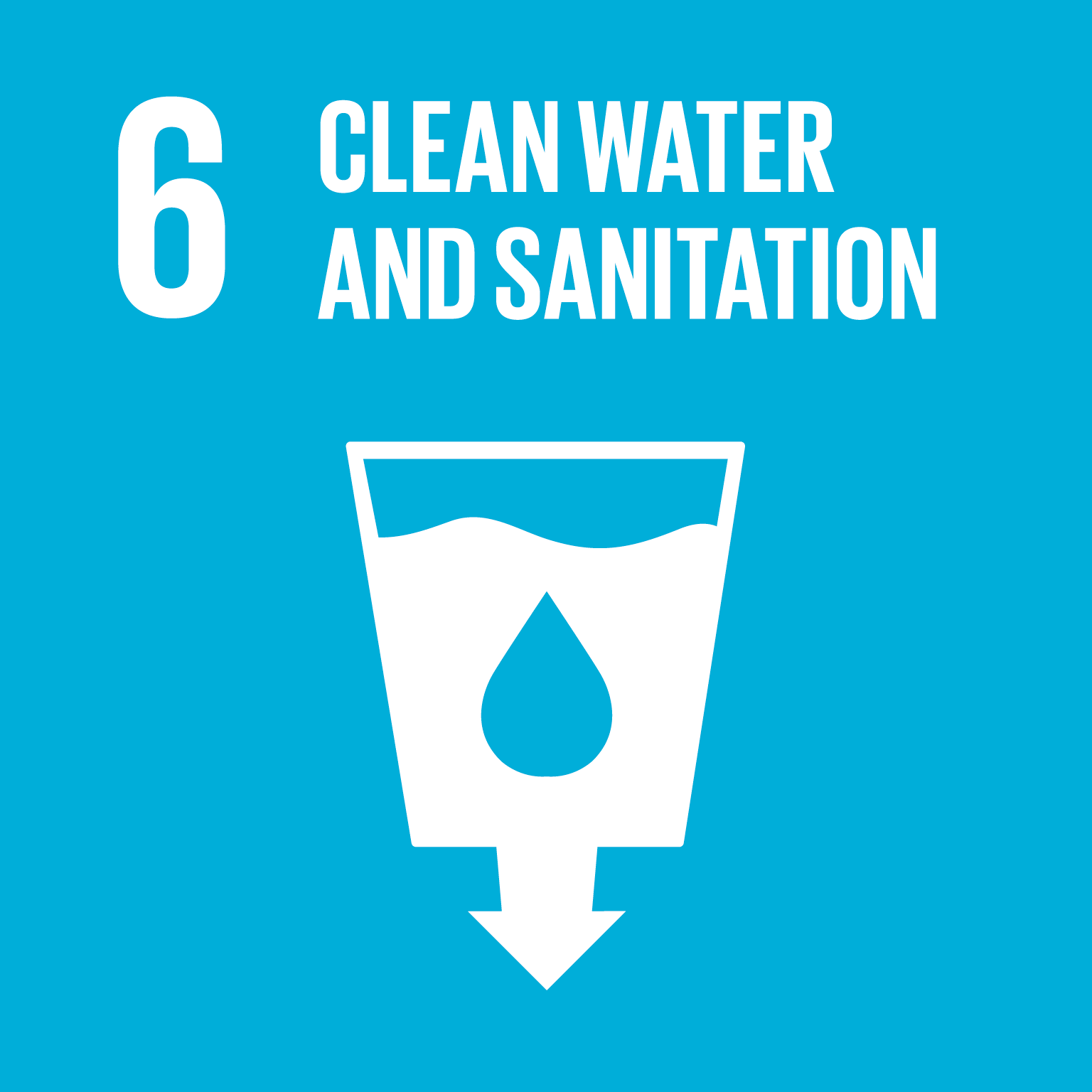900,000
Equivalent Population
CLEAN WATER AND SANITATION
Ensure access to water and sanitation for all
Over 2,000 million people in the world live without access to a basic drinking water service, and 3,6 billionhave no access to a basic sanitation service, resulting in avoidable deaths, chronic disease, fewer hours of education and low productivity.
ACCIONA has positioned itself as a key player in the water treatment sector. Its innovative management seeks to resolve the challenges with respect to the shortage of water resources.
CLIMATE ACTION
Take urgent action to combat climate change and its impacts
The generation and use of energy accounts for 35 % of total greenhouse gas emissions in the world. This activity is the largest contributor to global warming. Investment in renewable energy, energy efficiency and other low-carbon technologies will continue to be essential to meet the emerging needs of humanity and to minimize their negative impact on the environment.
ACCIONA considers the fight against climate change and its effects to be a strategic priority. The company works to mitigate greenhouse gas emissions in order to contribute to the progress of society and respond to the main challenges of sustainable development in the areas of infrastructure, water and energy, leading the transition to a low-carbon economy.
Because raw water is subject to wide variations in salinity, temperature and concentration of suspended particles and organic matter, depending on the tides and the time of year, numerous pretreatment methods have been tested for 18 months in a pilot plant.
This ensures that the water to be further treated in the reverse osmosis membranes is of a quality that guarantees the reliability of the entire process under these conditions of varying water quality at a reasonable cost.
Environmental Impact Management
During the construction of the Beckton (London) desalination plant, work was carried out on barges on the shore to avoid affecting the aquatic fauna, especially crustaceans and mollusks.
In addition, methods were used in the installation to prevent the impact on the surrounding aquatic fauna by means of grids, acoustic alarms and sweeping of pipes with countercurrent air. In this way, the suction pipes operate intermittently so that they only work when the tide is low, mainly to protect the fish fauna. A 200 dB underwater sound barrier is also generated to create a preferential escape path for fish.
The area around the desalination plant is now widely used by hundreds of waterfowl of numerous species foraging for food, mainly small fish, crustaceans and mollusks that were preserved by the prevention measures implemented during construction.
General Information
- Project: Beckton Desalination Plant
- Entity: Thames Water Utilities Limited
- Location: London, Great Britain
- Capacity: 150,000 m3/day
- Population: 900,000
Key points
- The catchment is carried out in the Estuary of the River Thames during the hours of low tide, in order to guarantee the appropriate quality of the raw water of the process.
- Hypochlorite dosage, polyaluminium chloride and sulphuric acid.
- Lamellar sedimentation.
- The plan has 17 sand filters.
- 19 filter prelayer with earth diatom of 28 µm.
- For safety filtration, the plant has 10 selectivity cartridge filters of 5 µm.
- Dosage of bisulphate for the elimination of residual chlorine.
- The reverse osmosis plant uses a unique design with 4 stages to minimise the specific energy consumption of the process, as well as the flow in the main elements at each stage.
- Stages 1 and 2 are configured with 9 frames and each one of these with a supply pump and another booster pump, while stages 3 and 4 are configured with 3 frames.
- The supply and booster pumps are equipped with a speed variator to adapt to the reduction in the conditions of supply pressure of the reverse osmosis.
- The Pelton Turbines are coupled to the supply pumps of the 3rd stage for energy recovery.
- 84% conversion.
- Remineralisation through dosage of lime, carbon dioxide and magnesium sulphate.

